Financial Project: Analyzing Budget Management and Financial Plans
VerifiedAdded on 2020/04/07
|6
|1144
|42
Project
AI Summary
This project report provides a comprehensive analysis of budget management and financial planning. It begins with an efficiency analysis, evaluating key metrics such as average receivable days, average payable days, and stock turnover ratio to assess the company's current financial position and cash conversion cycle. The report then delves into cost analysis, calculating the sales units required to achieve a desired profit, determining break-even points, and analyzing variable costs. Furthermore, it explores the impact of shifting manufacturing plants to India to enhance production and sales. The report concludes with a business activity statement, detailing budgeted cash receipts and payments, including GST calculations, providing a clear overview of the company's financial activities across three months. References from financial management literature are also included to support the analysis.
1 out of 6
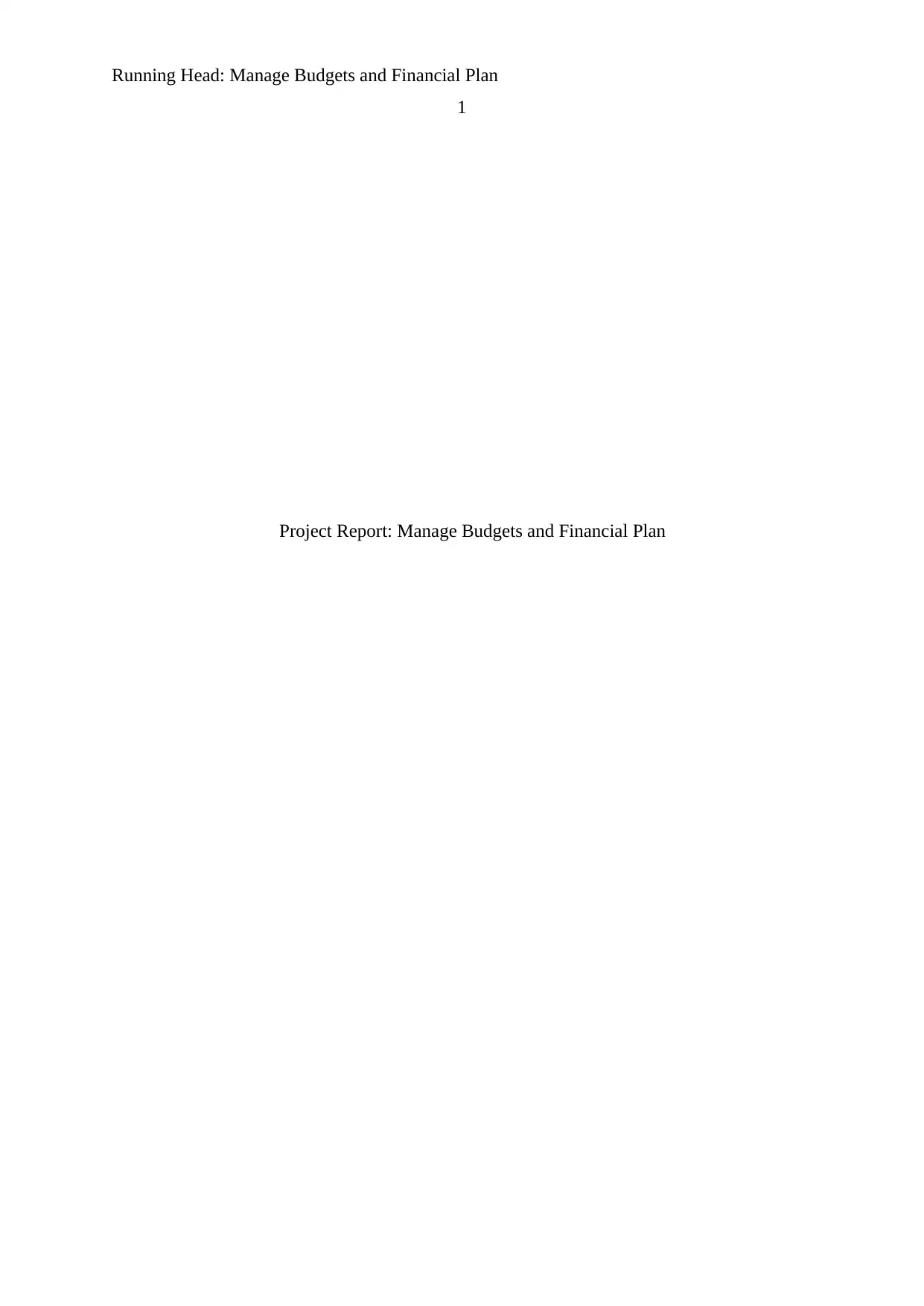
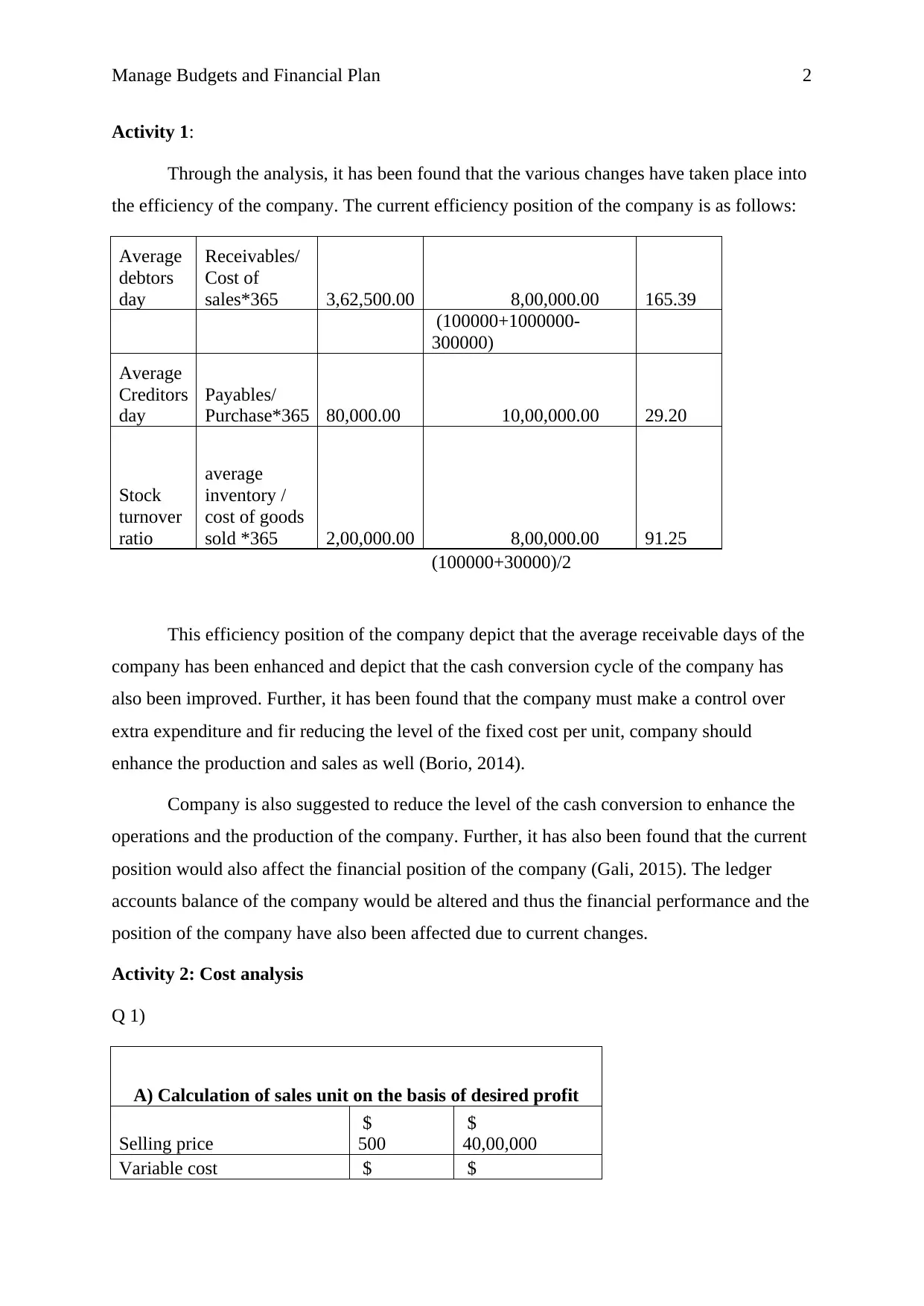
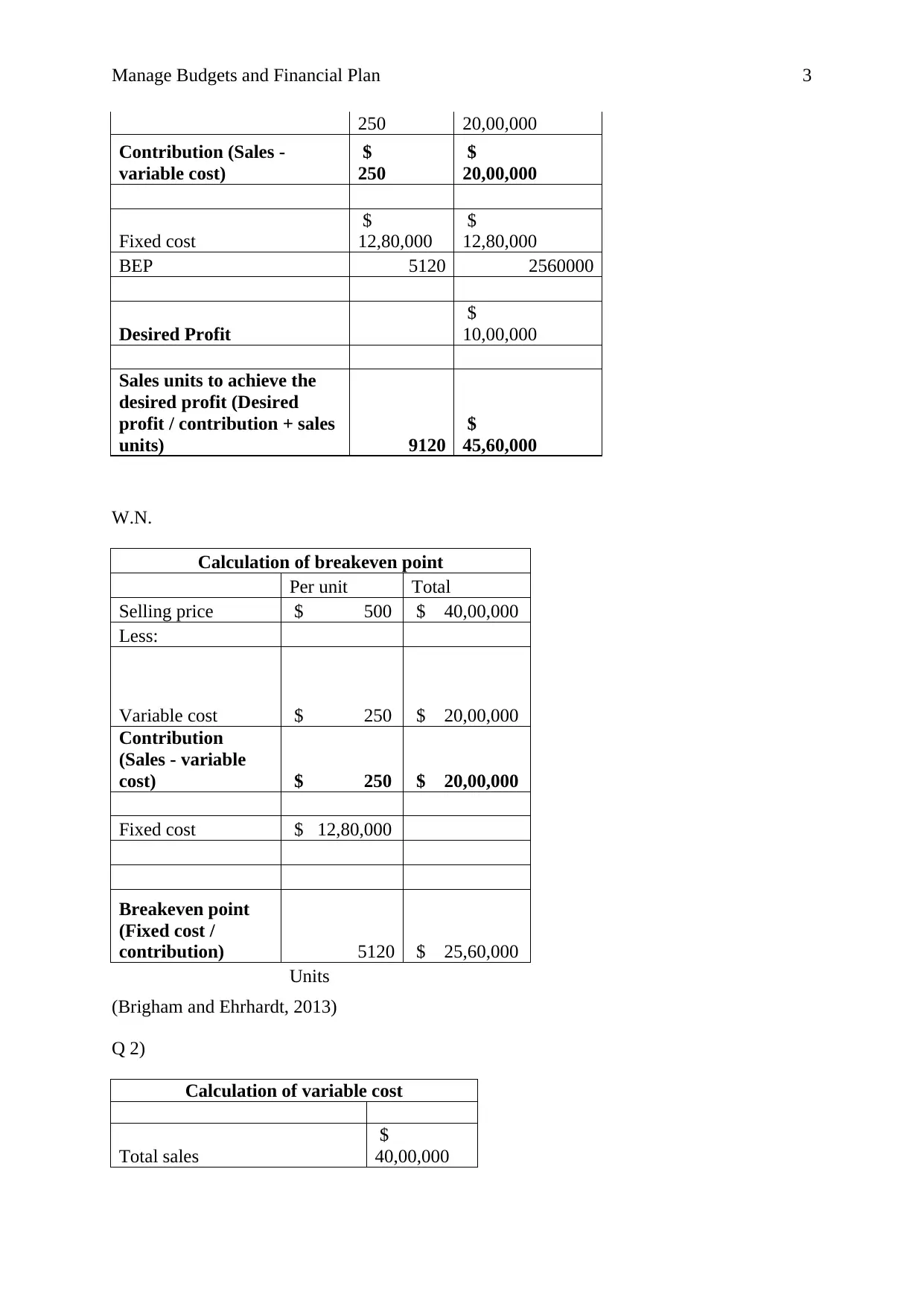

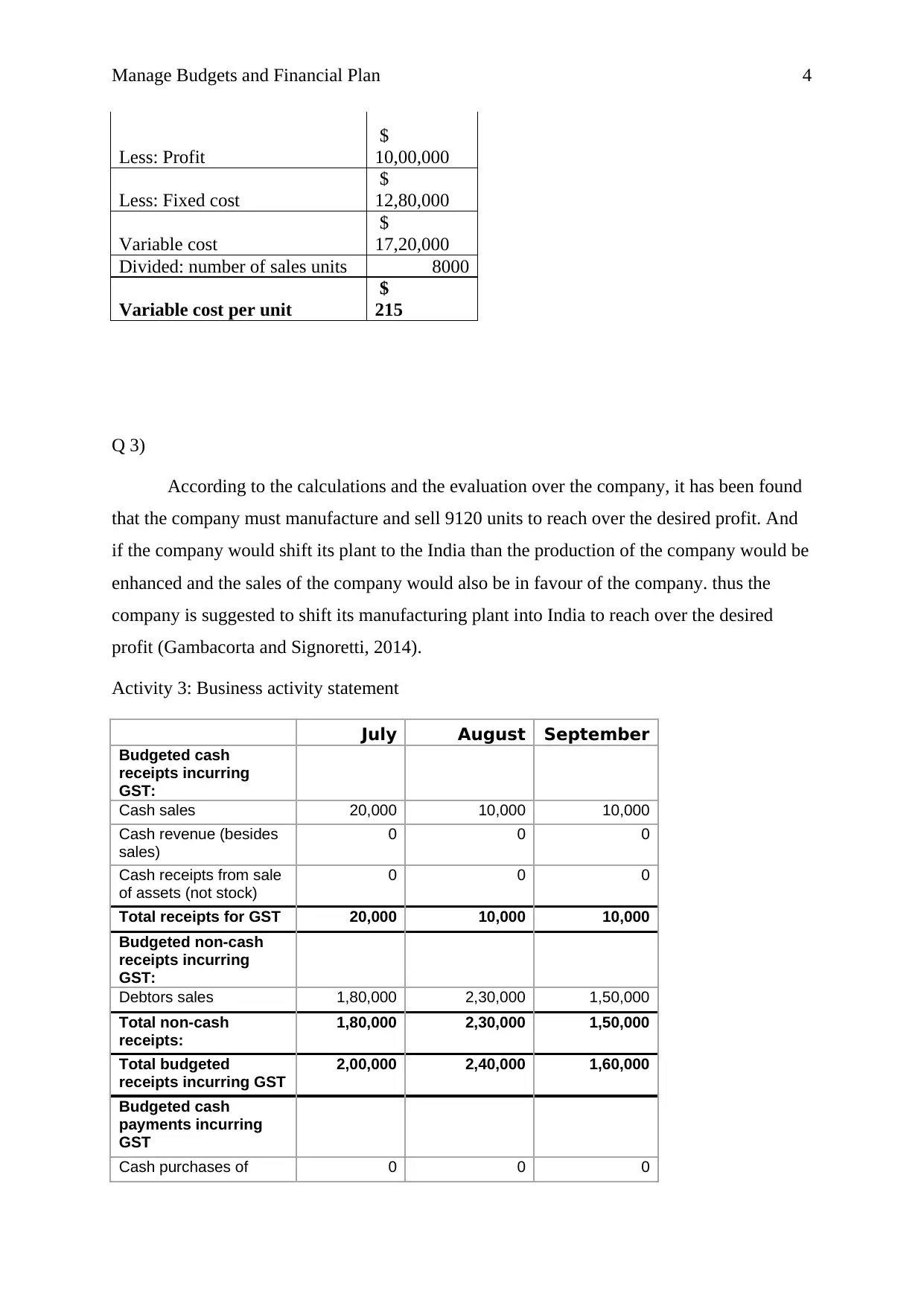
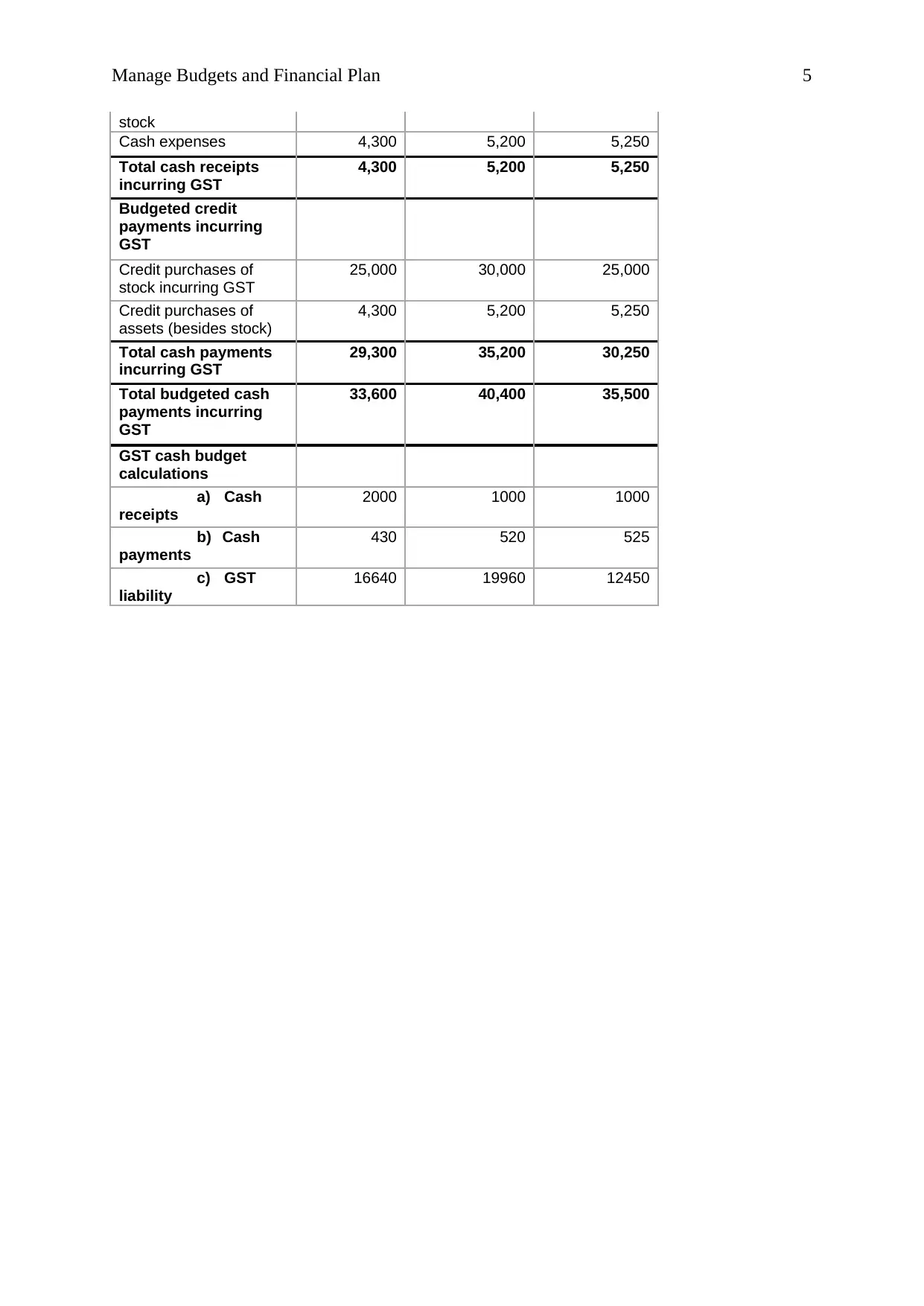
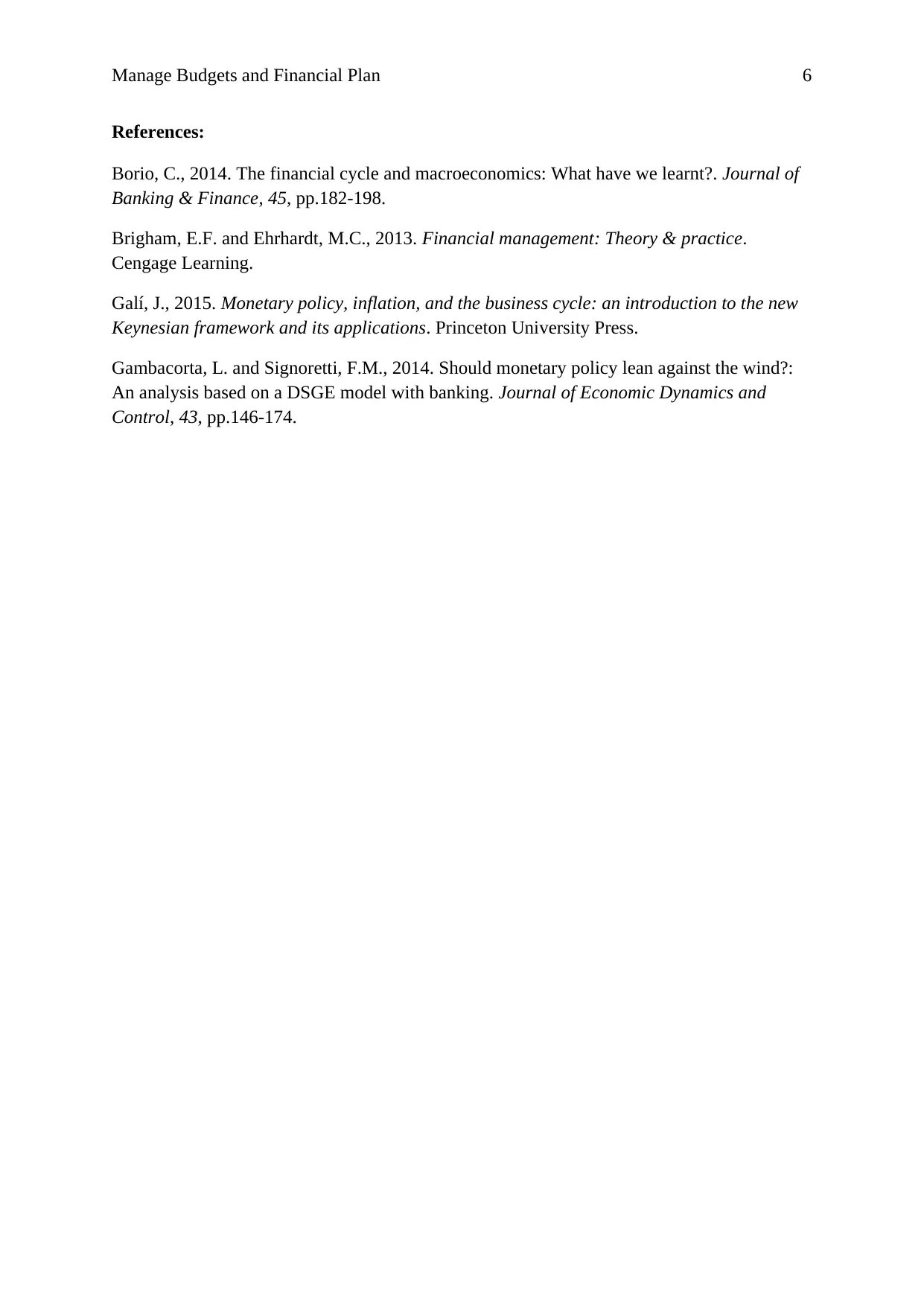





![[object Object]](/_next/static/media/star-bottom.7253800d.svg)